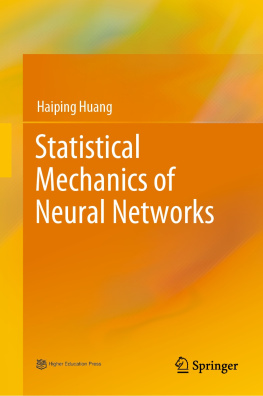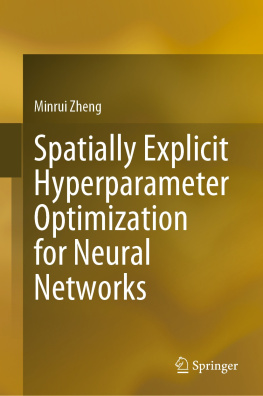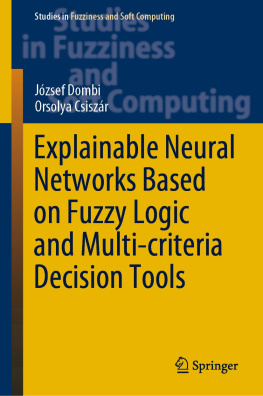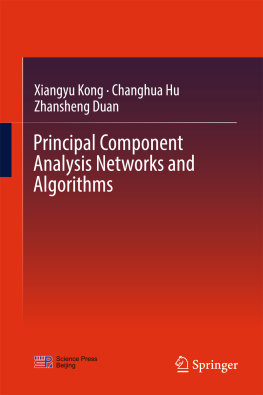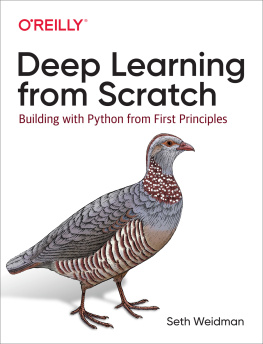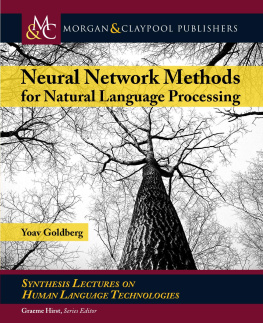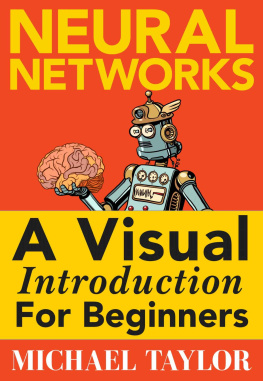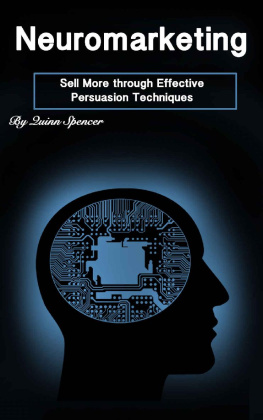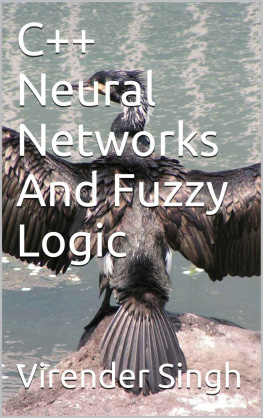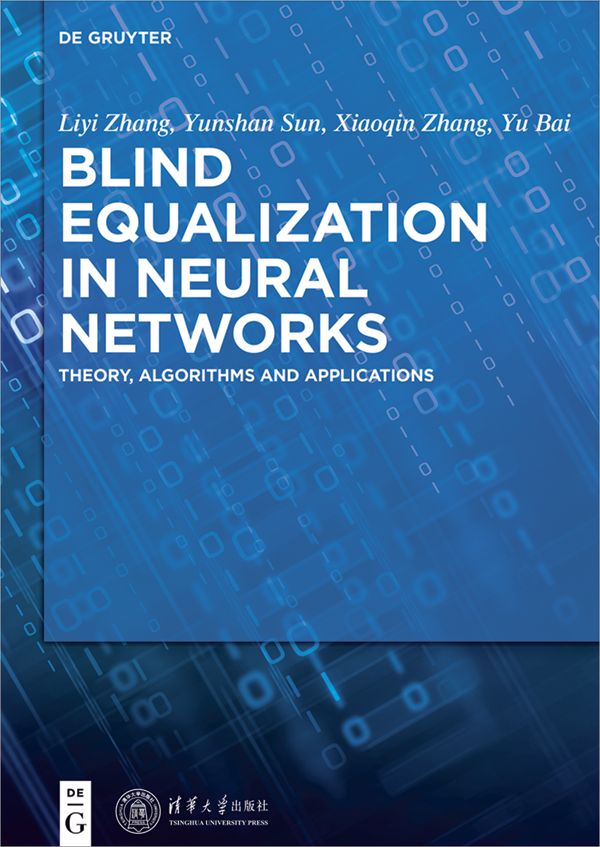
Liyi Zhang, Yunshan Sun, Xiaoqin Zhang, Yu Bai
Blind Equalization in Neural Networks
Also of Interest

Text Mining of Web-Based Medical Content
A. Neustein (Ed.), 2014
ISBN 978-1-61451-541-8, e-ISBN 978-1-61451-390-2,
e-ISBN (EPUB) 978-1-61451-976-8, Set-ISBN 978-1-61451-391-9

Speech and Automata in Health Care
A. Neustein (Ed.), 2014
ISBN 978-1-61451-709-2, e-ISBN 978-1-61451-515-9,
e-ISBN (EPUB) 978-1-61451-960-7, Set-ISBN 978-1-61451-516-6

Oscillatory Neural Networks
M. Kuzmina et al, 2013
ISBN 978-3-11-026835-5,
e-ISBN 978-3-11-026920-8, Set-ISBN 978-3-11-026921-5

Computer Interpretation of Metaphoric Phrases
S. Weber Russell, 2015
ISBN 978-1-5015-1065-6, e-ISBN 978-1-5015-0217-0,
e-ISBN (EPUB) 978-1-5015-0219-4, Set-ISBN 978-1-5015-0218-7
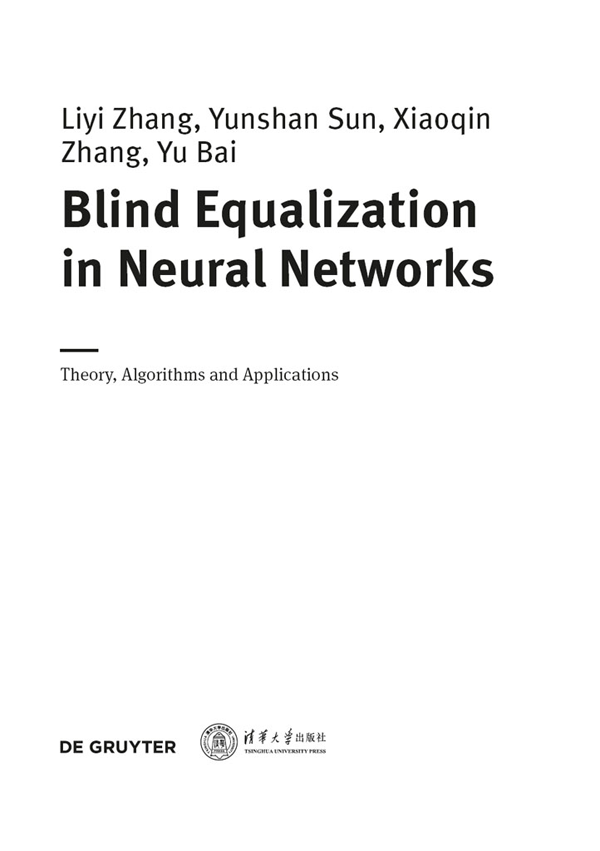
Author
Prof. Liyi Zhang
Tianjin University of Commerce
School of Information Engineering
409 Guangrong Road
Beichen District
300134 Tianjin
China
ISBN 978-3-11-044962-4
e-ISBN (PDF) 978-3-11-045029-3
e-ISBN (EPUB) 978-3-11-044967-9
Set-ISBN 978-3-11-045030-9
Library of Congress Cataloging-in-Publication Data
A CIP catalog record for this book has been applied for at the Library of Congress.
Bibliographic information published by the Deutsche Nationalbibliothek
The Deutsche Nationalbibliothek lists this publication in the Deutsche Nationalbibliografie; detailed bibliographic data are available on the Internet at http://dnb.dnb.de.
2018 Walter de Gruyter GmbH, Berlin/Boston
www.degruyter.com
Preface
Blind equalization (BE) technology is a new adaptive technology. BE only uses the prior information of received signals to equalize the channel characteristics, so training sequence is not needed. The output sequence is close to the transmitted sequence. Inter-symbol interference is overcome effectively and the quality of communication is improved by BE. Neural network (NN) is a cross-edge discipline of neural science, information science, and computer science. NN has the following abilities such as massively parallel, distributed storage and processing, self-organizing, adaptive, self-learning, and highly fault tolerant. The combination of NN and BE can improve convergence performance and equalization effect. The combination of NN and BE is a hot research topic in communication, signal, and information processing. It has important theoretical significance and practical value.
This book was written by the author and his doctors and masters, namely, Yunshan Sun, Xiaoqin Zhang, Rui Lu, Xiaowei Niu, Yu Bai, Haiqing Cheng, Fengmei Jia, Yanling Jia, Yuan Li, Yong Liu, and Yanqi Kang. This book was also supported by the following research funds: Shanxi Province Natural Science Fund project Mobile communication blind equalizer (20011035), China Postdoctoral Project Science Foundation Fuzzy neural network used in blind equalization technology (20060390170), Shanxi Provincial Natural Science Foundation Project The blind equalization technique based on neural network (20051038), Tianjin High School Science and Technology Fund Project Research on evolution neural network blind equalization algorithm (20060610), and Medical image blind restoration algorithm based on Zigzag transform (20110709) Tianjin Research Program of Application Foundation and Advanced Technology Research on Integration issues of Medical MRI Image Three-Dimensional Implementation (13JCYBJC15600), and Low-dose Medical CT Image Blind Restoration Reconstruction Algorithm based on Bayesian Compressed Sensing (16JCYBJC28800).
This book was translated by Yu Bai ().
The NN and BE algorithms are combined, and the new neural network is systematically studied. Some research results have been published in important academic journals and also in international and domestic conferences. This book is a summary of the results of these studies. The latest research trends and frontiers in neural network blind equalization algorithm in domestic and international are reflected basically in the book.
This book is divided into eight chapters.
The first chapter is introduction. The significance and application fields of blind equalization are given. The classification and research status of NN blind equalization algorithms are summarized. The research background and main work in this book are pointed out.
The second chapter describes the fundamental theory of NN. The concept, structure, algorithms, and equalization criterion of blind equalization are introduced. The fundamental principles and learning methods of NN blind equalization algorithm are elaborated. The evaluation of blind equalization algorithm is analyzed.
The third chapter is about the research of blind equalization algorithms based on FFNN. BE algorithm based on feed-forward neural networks (four-layer, three-layer, and five-layer) are studied. BE algorithms based on momentum term, time-varying momentum term, and time-varying step are studied, respectively.
The fourth chapter is about the research of blind equalization algorithms based on FBNN. BE algorithms based on bilinear recurrent NN, diagonal recurrent NN, and quasi-diagonal recurrent NN are studied, respectively. The blind equalization algorithms based on mean square error nonlinear function with time-varying step diagonal recurrent NN and with time-varying step quasi-diagonal recurrent NN are studied, respectively.
The fifth chapter is the research of blind equalization algorithms based on FNN. The blind equalization algorithm based on fuzzy NN filter, fuzzy NN controller, and fuzzy NN classifier is studied, respectively.
The sixth chapter is blind equalization algorithm based on evolutionary neural network. The blind equalization algorithms based on optimization NN weights and structure optimized by genetic algorithm are studied, respectively.
The seventh chapter describes blind equalization algorithm based on wavelet NN. The blind equalization algorithms based on feed-forward NN and feedback wavelet NN are studied, respectively.
The eighth chapter provides the application of blind equalization algorithm neural network in medical image processing. The application of blind equalization in CT image restoration is mainly studied.
We would like to express our sincere thanks to Professor Jianfu Teng, the doctoral tutor in Tianjin University; Professor Dingguo Sha, the doctoral tutor in Beijing Institute of Technology; and Professor Huakui Wang, the doctoral tutor in Taiyuan University of Technology for their help and support. We wish to thank Yanqin Li who is responsible for proofreading and revision. We are also grateful to the scholars at home and abroad whose published literature are referred to in this book.
Next page

